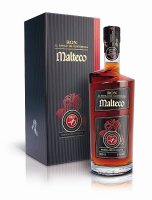Wines Sparkling wine and Champagne, Trebbiano, Bombino (1)
Sorting
Filter
Sorting
Availability: Goods in stock
Filter
Availability: Goods in stock
Type
Color
Sugar content
Variety
Country
Brand
Tag
Price
More filters




 facebook
facebook
 Contact us
Contact us





